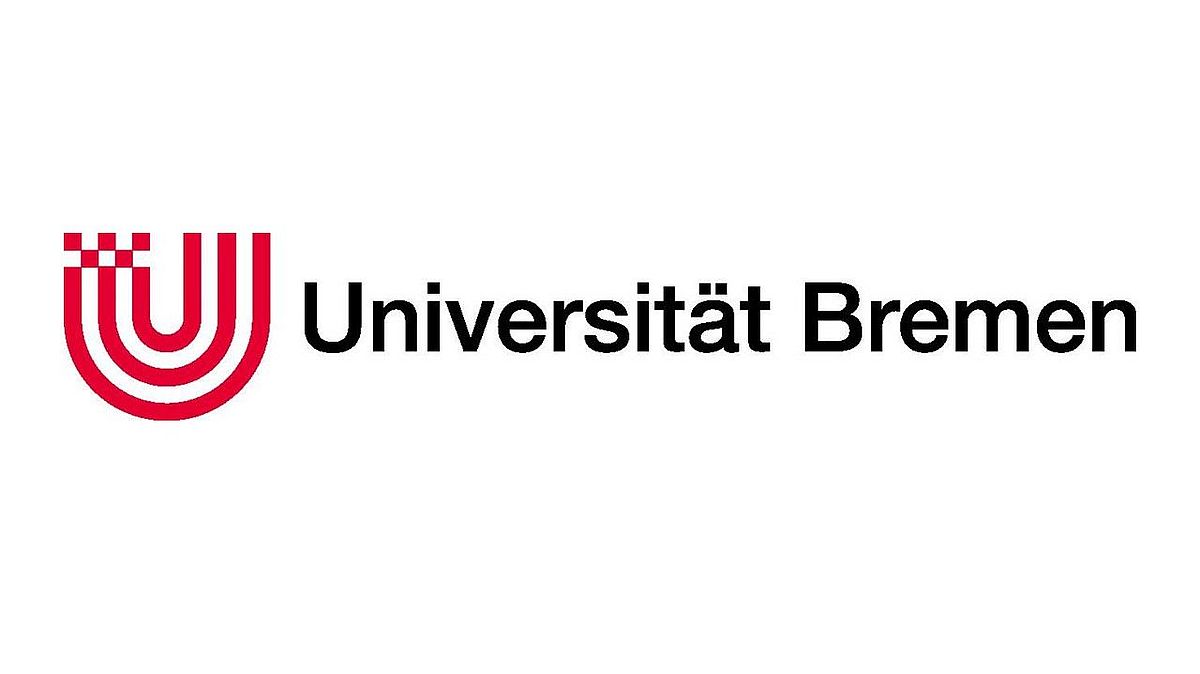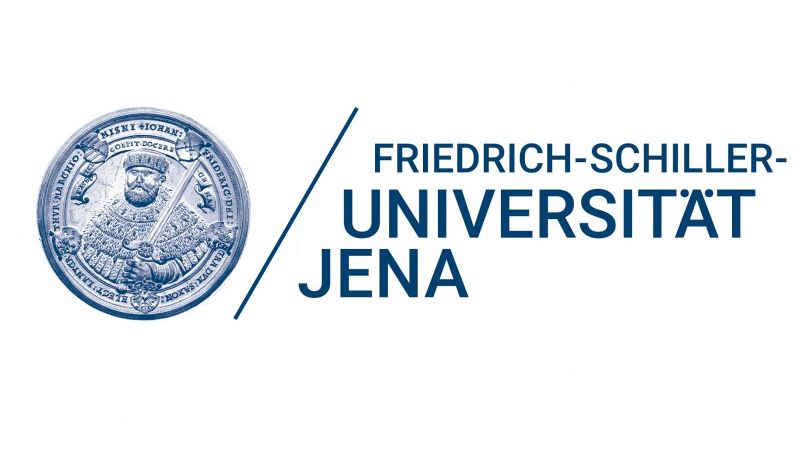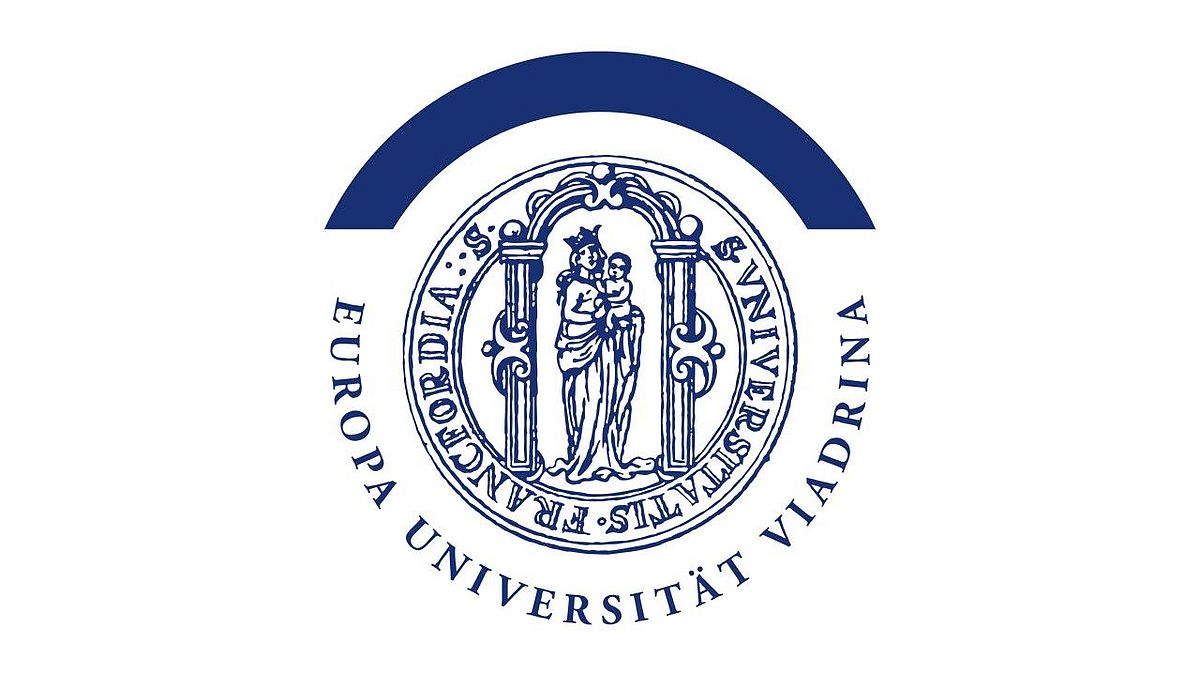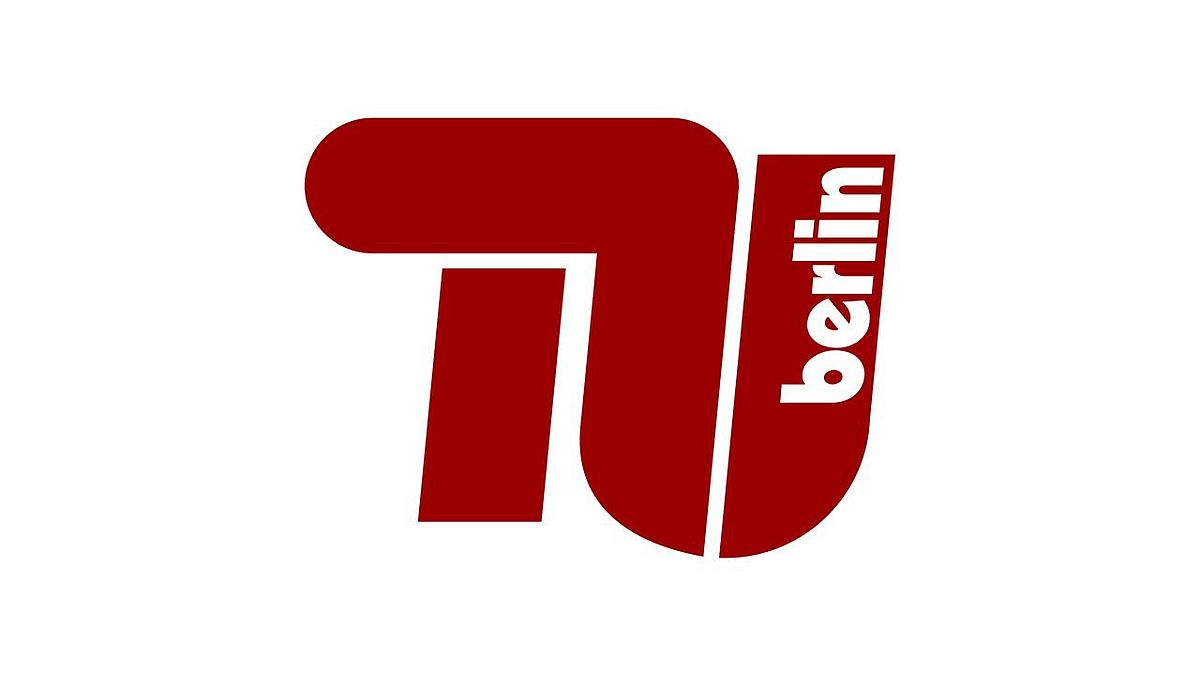Sub-projects
How is the project structured?
The joint project will be structured in seven sub-projects which will organise the work of one or several partners. All sub-projects have been designed with the perspective to run for six years. The promotion of young researchers will enjoy a high priority.
The joint project will use methods of empirical social, economic, and historic research whereby qualitative and quantitative data collection and assessment will be used. Furthermore, the comparative approach will be a methodical element.
In sub-project 1, the impact of the real economic and the technical backwardness on the starting conditions of the integration of the GDR into re-unified Germany will be analysed. Thereby, the sub-project will focus on the production factor “technological progress”. Based on this, in the sub-projects 2 and 3 the development of technological progress (innovation) will be investigated at regional, sectoral, and firm level paying particular attention to the starting conditions in the sense of the “legacy of the GDR”. Thus, the sub-projects 1 to 3 focus on the obstacles to modernization in the economy and its impact until today. The sub-projects 4 and 5 deal with the obstacles to modernization in the science system. Thereby, the differences in the social and economic sciences on the one hand and the natural sciences on the other hand will be considered. At the same time, the results of the analyses about the socio-economic thinking analysed in sub-project 4, will be included into the study of real strategies of the economic transition which is subject to sub-project 7. An important question will be whether the economic thinking affected economic decision making. In sub-project 6 the habitus disposal of actors will be analysed as an impact factor for innovative-entrepreneurial acting. These investigations will complement the insights gained in the sub-projects 2 and 3 because the “personalized legacy of the GDR” (sub-project 6) can hardly be captured in the economic-quantitative studies in the sub-projects 2 and more aggregated approaches in sub-project 3.






